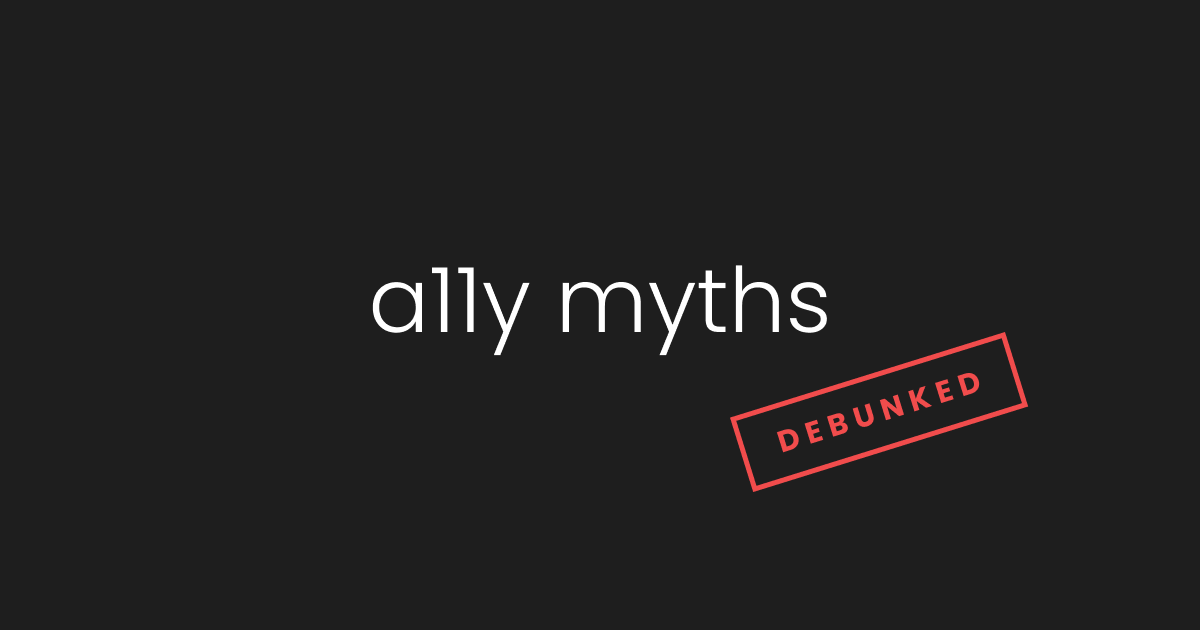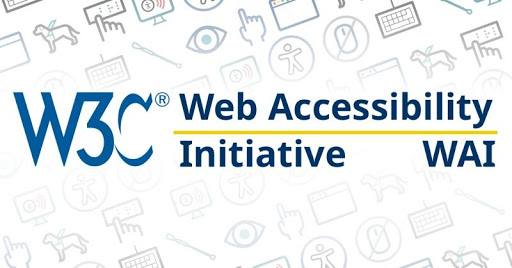
A small project debunking common accessibility myths. Accessibility Myths →
A rather geeky/technical weblog, est. 2001, by Bramus

Great post by Hidde, warning about blindly trusting accessibility claims. Not all ‘accessible components’ are created equal, some will work a lot better for our end users than other. In this post I have listed a number of things you can look at if you are considering third-party components. I especially like this part: Sometimes, …
Continue reading “Accessible front-end components: claims vs reality”

Over at the W3C Web Accessibility Initiative (WAI) website you can find an extensive curricula on Web Accessibility This resource provides teaching modules to help you create courses on digital accessibility, or to include accessibility in other courses. The modules cover accessibility foundations that apply broadly, and specific skills for developers, designers, content authors, and …
These Inclusive Design Principles are about putting people first. It’s about designing for the needs of people with permanent, temporary, situational, or changing disabilities — all of us really. They are intended to give anyone involved in the design and development of websites and applications – designers, user experience professionals, developers, product owners, idea makers, …
ally.jsally.js is a JavaScript library simplifying certain accessibility features, functions and behaviors. However, simply loading ally.js will not automagically make a web application accessible. The library provides certain standard functions the “web platform” should’ve provided itself, so JavaScript applications can be made accessible more easily. An example of the things provided by ally.js is ally.maintain.tabFocus …
Continue reading “Making accessibility simpler with ally.js“
Roger Johansson: SVG files may contain a title element which may or may not get announced by screen readers (depending on SVG embedding technique, browser name and version, and screen reader name and version). So far I haven’t run into a situation where I want any other behaviour than screen readers completely ignoring icons (since …
Continue reading “Hiding inline SVG icons from screen readers”